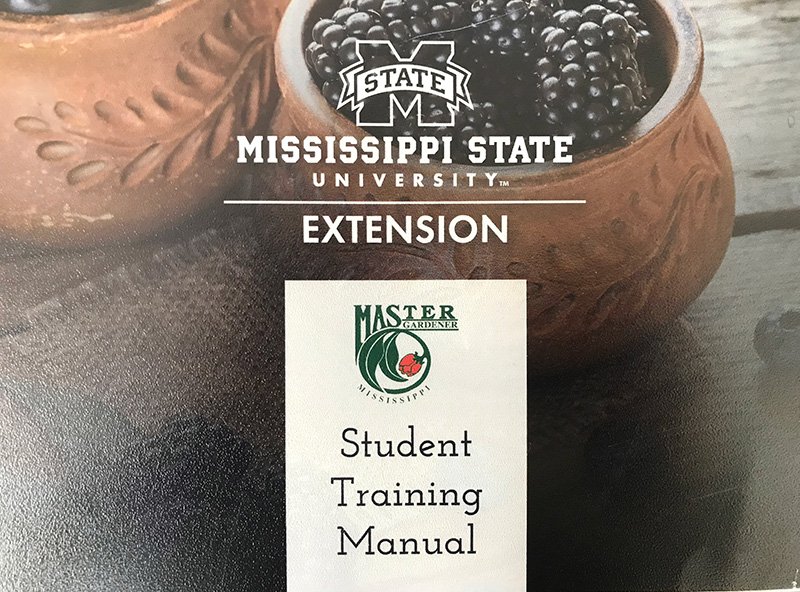Being a Good Employee Is Not Easy, But It Is Simple
All of us want to be good employees and work with good employees, but how does that happen? Companies utilize many ways to quantify employee performance and determine who is measuring up and who is not. There are job descriptions, annual evaluations, coaching sessions, employee reward programs and other approaches to get the best out of people. But far too often there is disagreement over who is doing a respectable job. The lack of clarity can be frustrating for employees who are doing a satisfactory (or better) job. Their contributions and dedication get missed, resulting in frustration. For the employees who are not doing appropriate work, the confusion created by evaluations and metrics can help them disguise their lack of performance, letting an undesirable situation continue. So, to cut to the chase, I use three important attributes to determine how valuable an employee is in my operation.
Are You Mastering Your Craft?
Groundskeeping, in all its guises, requires a vast amount of knowledge. Some of this knowledge comes from experience and some comes from structured learning. To be accomplished in this field require that employees at each level of the team continually learn and grow. The best employees will seek additional training and experience on their own. This self-motivation must be fostered and accommodated. Any organization risks frustrating exceptional employees if they do not. But what of employees that do not seek their own improvement? I suggest our teams may benefit to a greater extent if there is structured training/learning that focuses on these employees as they usually make up the largest component of our crews. Their hesitation toward self-improvement may not indicate unwillingness but may be due to having not been invested in, nor rewarded in some fashion for self-improvement. Employees participating in learning to whatever extent they are individually capable of are valuable to a high performing crew.

Are You Producing?
Are you productive refers to your work output. This is not always as cut and dry as it sounds. Output can be subjective, and output metrics can be subjective also. To objectively evaluate production, the metrics and benchmarks must be discussed, evaluated, and most importantly agreed to before the work is done. After the period of productivity (or lack thereof) is the wrong time to try to resolve misunderstandings. Disagreements of scope, pace, etc. creates the possibility of arguing over accomplishment. Productivity can be measured and quantified given clear directions. As a supervisor or leader, your sense of productivity and whether it is met is vital. However, it must be evaluated dispassionately and evenhandedly. Many times, I have asked employees to give me a score (usually 1-10) of how productive they have been. This may be judging a day, or some longer evaluation period. In my experience they will usually be within 1-2 points of what I judged. The exact score is irrelevant. At this point there is opportunity for coaching and productive discussion. The goal is to have them begin to evaluate their own production rather than requiring you to do it, and for some modicum of improvement be pursued.

Do You Make Your Team Better?
Teams are at the heart of our work in the green industry. We can have strong individuals, but due to the scale of most our jobs, and the nature of the tasks we perform, work is accomplished by multiple people working in unison (or some semblance thereof). For this reason, and for others, having workers enhance teammates performance is a huge benefit. Note I said enhance not improve. I believe workers must perform as individuals and as teammates. If two workers cannot get along, or create friction when sharing a task, is detrimental to accomplishment and stressful to everyone. Enhancing a team is about synchronization, cooperation, and shared purpose. We all benefit when we all benefit. Playing to people's strengths usually means that everyone will have a role and that their role is what is best suited for them. What I like about this aspiration is that it (hopefully) recognizes everyone individually as essential. In any team sport there are specialist positions. But no team will win with only one group of specialists. Championship teams have units that mesh and improve each other's performance. The best employees enhance themselves and they enhance their team.

It Does Not Stop There
Evaluating employees is serious business. My writing this article is not meant to provide the only way to gauge employees value/performance. It is meant to supply a framework for using our various evaluation protocols or HR processes thereby arriving at an understandable, supportable, and appropriate rating for our employees. Any rating should be mutually acceptable to reviewer and reviewee, but in dire cases this may not be possible. Employee evaluations are meant to be useful for improvement, not through brute force, but thru harmonious persuasion. Another beneficial aspect of this approach is they are goal-oriented but do not assign a character judgement. While it can be beneficial to evaluate an employee, it is important not to make a moral statement on the person. We are evaluating the performance, not the personality. By utilizing these 3 aspirations, we hopefully coach improvement rather than build resentment. Lastly, these objectives can also be used to process daily work. In this way the evaluation reinforces ongoing behavior rather than being seen as an occasional event. So, ask your team these 3 simple questions and listen to what they say. You might just confirm you have some valuable employees already.


0 Comments
Recommended Comments
There are no comments to display.